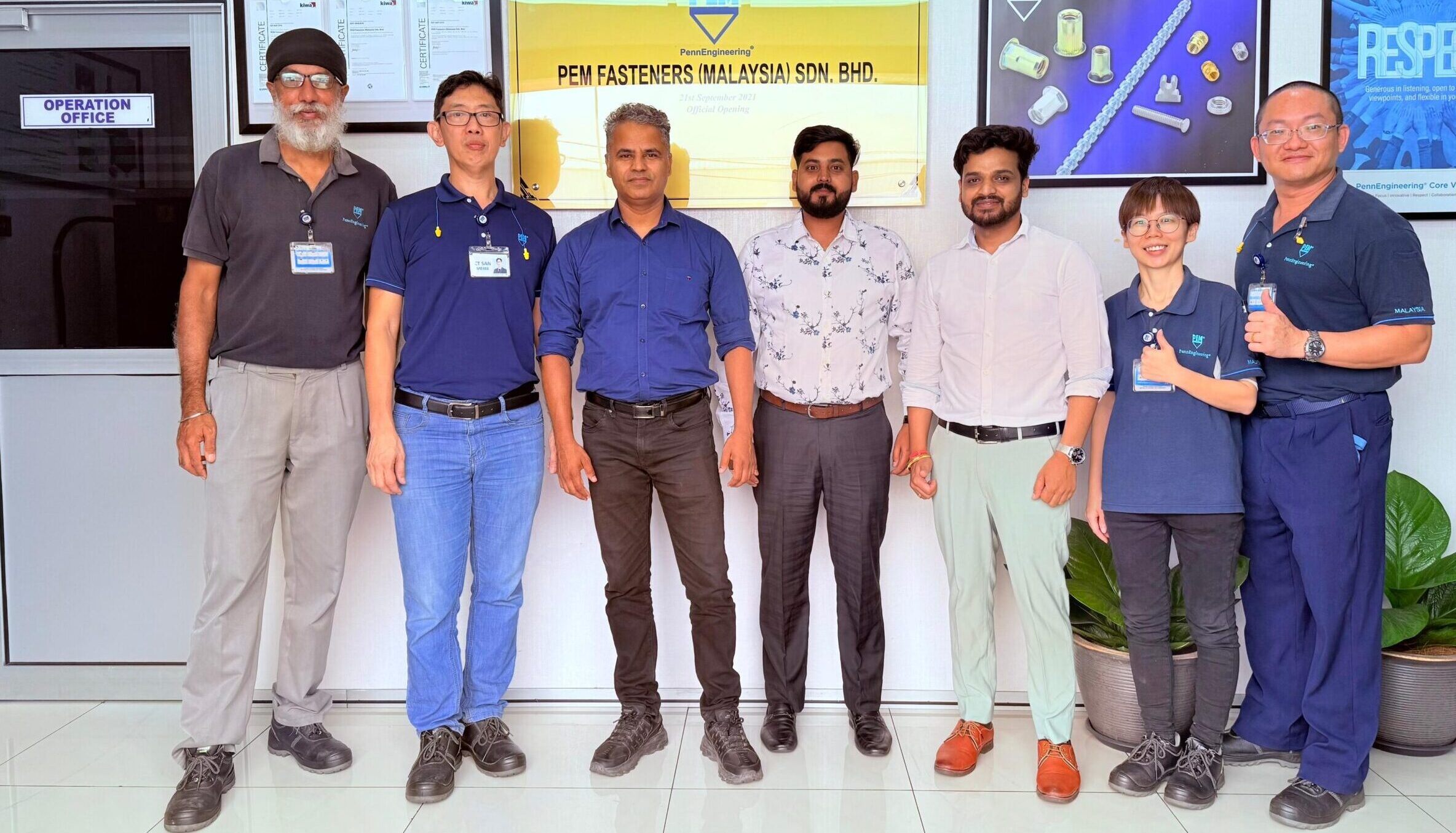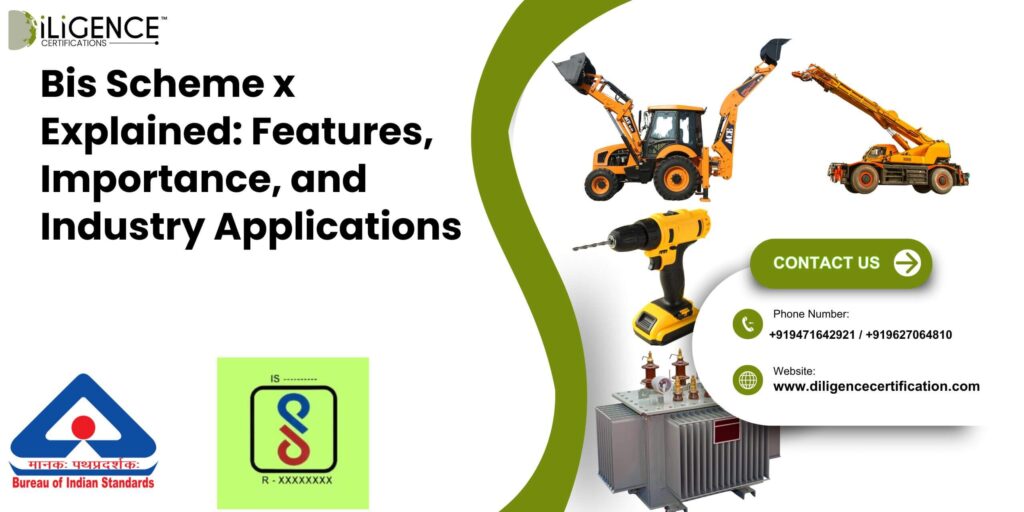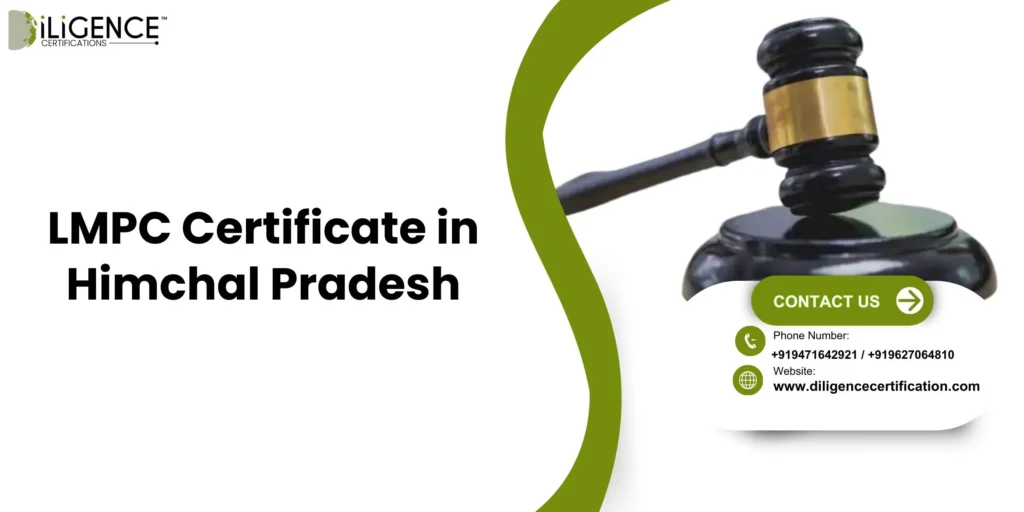- BIS certification proves that non-magnetic stainless steel is in compliance with IS 10632 (Part 3):1983 standards for sheets, strips, and plates.
- It is very useful for producers to lessen the rejection of their materials and obtain the acceptance of electrical OEMs.
- The standard mainly concentrates on magnetic permeability, mechanical strength, and dimensional accuracy.
- The testing might call for the use of well-calibrated equipment from within the house or experiments carried out in laboratories recognised by the BIS.
- Certification strengthens eligibility for major OEM tenders and improves overall process consistency.
Introduction
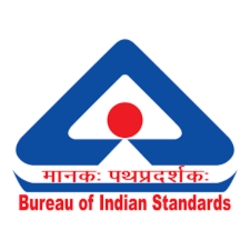
Last year, a stainless-steel processor from Pune contacted us after a full batch of “non-magnetic” strips was rejected by a transformer manufacturer within minutes of inspection. The material showed an unexpected magnetic response, even though it passed his internal chemical tests. The OEM buyer didn’t question his capability; they simply asked why the product wasn’t backed by BIS Certification under IS 10632 (Part 3):1983. That moment made him realise how strictly electrical manufacturers now enforce this standard. Similar cases appear across mills and service centres supplying panels, instrument components, and precision assemblies. For many, certification has shifted from optional to essential. Bureau of Indian Standards
What is IS 10632 (Part 3):1983?
IS 10632 (Part 3):1983 is an Indian Standard issued by the Bureau of Indian Standards (BIS) that specifies the requirements for non-magnetic austenitic stainless-steel sheets, strips, and plates used in electrical engineering.
It defines the minimum acceptable levels for:
- chemical composition
- magnetic permeability
- mechanical properties such as tensile strength and elongation
- dimensional tolerances and surface finish
- heat-treatment conditions needed to maintain non-magnetic performance
The standard was created to ensure that materials used in transformers, switchgear, instruments, and other electrical systems remain stable in magnetic environments. For manufacturers, compliance helps meet OEM requirements and ensures consistent, reliable electrical-grade stainless steel.
Why is BIS Certification Mandatory
BIS Certification becomes mandatory for IS 10632 (Part 3):1983 because the material is used in electrical environments where magnetic stability and safety cannot be compromised. Non-magnetic stainless steel affects the accuracy, efficiency, and reliability of many electrical components, so the government requires certified compliance to prevent quality failures.
Here are the core reasons:
- BIS ensures the steel actually remains non-magnetic and stable under electrical operating conditions.
- It protects OEMs and end-users from faults caused by incorrect material behaviour, such as magnetic interference or heating.
- Certification creates uniform quality across manufacturers, which is essential for components that go into transformers, switchgear, meters, and precision devices.
- Many electrical products fall under mandatory safety frameworks, so their raw materials must meet standardised requirements.
- BIS certification supports traceability, preventing the supply of mixed or substandard batches in critical electrical applications.
Importance and Benefits of BIS Certification
| Importance | Benefits |
| Ensures material meets IS 10632 (Part 3) non-magnetic standards | Reduces rejections in OEM quality checks |
| Keeps electrical components free from magnetic interference | Improves product reliability and performance |
| Creates uniform quality across manufacturers | Increases acceptance in transformer and switchgear supply chains |
| Supports safety compliance in electrical applications | Helps qualify for major OEM tenders |
| Ensures traceability and controlled production | Builds long-term buyer confidence and credibility |
Step-by-Step Process of BIS Certification

Step1:Documentation
- Collect required technical documents
- Prepare product specifications
- Gather company registration details
- Ensure documents follow BIS format
Step2:Product Testing
- Send samples to a BIS-approved lab
- Conduct safety and quality tests
- Receive test reports
- Confirm compliance with BIS standards
Step3:Application Submission
- Fill out the BIS application form
- Upload all required documents
- Attach valid test reports
- Pay the necessary BIS fees
Step4:Scrutiny and Inspection
- BIS reviews submitted documents
- Authority verifies test results
- Factory/product inspection may occur
- Clarifications requested if needed
Step5:Grant of License
- BIS approves the application
- License number is issued
- Product can carry BIS mark
- Renewal required before expiry
Documents Required for BIS Certification
| Category | Documents Required |
| Business Documents | Business license/registration, ISO certificate, organizational details |
| Manufacturer Details | Factory layout, process flow chart, machinery list, production details |
| Product Documents | Product specifications, component list, user manual, model details |
| Testing Documents | Test report from BIS-recognized lab, sample details, test request form |
| Legal & Compliance | Authorization letter, brand ownership proof, trademark certificate (if any) |
| Import/Foreign Manufacturer (If applicable) | AIR (Authorized Indian Representative) details, contract agreement, overseas manufacturer documents |
Timelines, Costs, Validity & Renewal
- Timelines: Usually from 20 to 30 days, with only 7-15 days for the testing.
- Costs: The cost of the government and the test varies depending on the product. There can be some additional charges though.
- Validity: The validity period is 2 years in most situations.
- Renewal: The renewal is done before the expiration; there should be updated documents/tests; the renewal
Why Choose Diligence Certifications
- Expert team with strong BIS and regulatory knowledge
- Fast, streamlined processing to reduce approval delays
- Accurate documentation and testing coordination
- Transparent guidance with clear communication
- High success rate and complete end-to-end support
Conclusion
BIS certification for Non-Magnetic Stainless Steel as per IS 10632 (Part 3):1983 has been instrumental in making it mandatory for those who are providing electrical-grade sheets, strips, and plates. The certification is a kind of a guarantee to the buyers that the material will be stable, non-magnetic, and can be trusted in sensitive electrical applications. Manufacturers who want to meet the OEM expectations and reduce the number of rejections will find this certification as a wise and high-impact investment. Diligence Certifications is a partner to the various plants in India in their testing, documentation, and complete BIS approval journey to enable them to have the supply chains access they want with the assurance of success.
Frequently Ask Questions
BIS Certification for Non-Magnetic Stainless Steel?
BIS Certification is a confirmation that non-magnetic stainless steel in various forms such as sheets, strips, and plates complies with the requirements of IS 10632 (Part 3):1983, i.e. standards for electrical applications.
Why is BIS Certification compulsory for IS 10632 (Part 3)?
The certification is necessary because an electrical-grade stainless steel should be non-magnetic to be safe, accurate, and reliable in transformers, switchgear, and instruments.
What materials come under IS 10632 (Part 3):1983?
The standard covers non-magnetic austenitic stainless steel in the form of sheets, strips, and plates for use of the same in electrical engineering applications.
What are the core regulations in IS 10632 (Part 3)?
The requirements talk about various aspects such as chemical composition, magnetic permeability, mechanical properties (tensile strength, elongation), dimensional tolerances, surface finish, and heat-treatment conditions.
What are the advantages of BIS Certification?
The certification makes possible the lowering of OEM rejections, ensures uniform quality, provides easy implementation of safety standards, increases trust and hence the certified unit can supply transformers and switchgear to the supply chains that require them.
What is the BIS Certification route?
One should pass through different stages to get a BIS license, these stages include filing documents, product testing in a BIS-approved lab, application submission, scrutiny & inspection stages and finally obtaining the license.
What documents are needed for BIS Certification?
The principal documents comprise a business registration and manufacturer details, product specifications, test reports, authorization letters, and foreign manufacturer documents, if any.
What is BIS Certification Duration?
The certification process normally takes between 20–30 days. The testing period varies between 7 and 15 days, depending on the product and the lab.
How long does BIS Certification last?
The certification remains valid for almost 2 years after which the holder is required to renew it with new documents and tests.
What are the ways in which Diligence Certification can help with BIS Certification?
Diligence Certifications can deliver to you their expertise, documentation support, testing coordination, and overall assistance to ensure that your BIS approval goes smoothly and is successful.








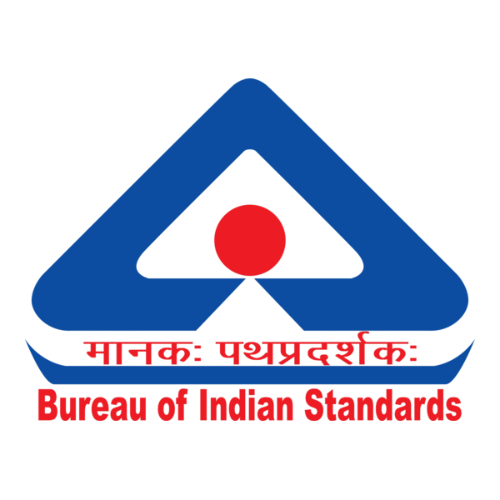 BIS Certification
BIS Certification
 CDSCO
CDSCO
 CPCB
CPCB
 LMPC
LMPC
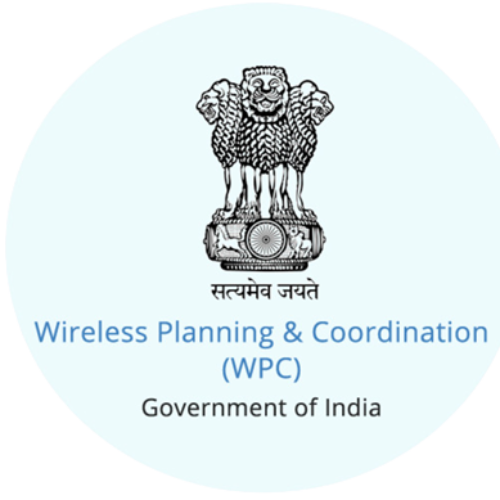 WPC Approval
WPC Approval
 Global Approvals
Global Approvals
 TEC
TEC
 ARAI
ARAI
 BEE
BEE
 ISO Certification
ISO Certification
 Drone Registration
Drone Registration
 NOC For Steel
NOC For Steel



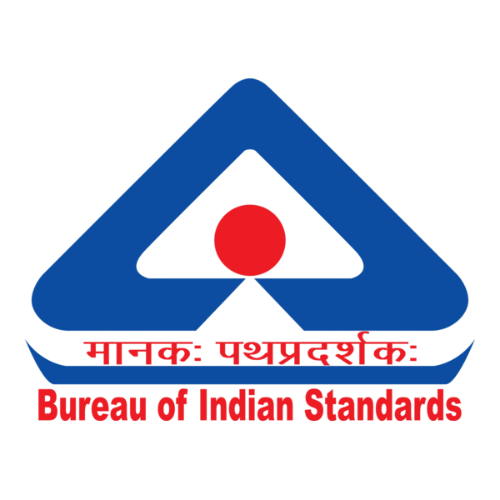




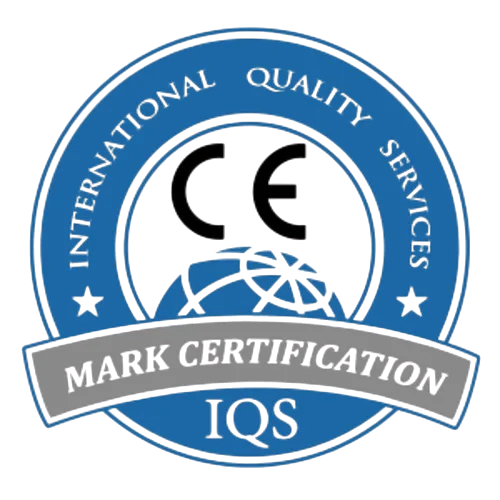


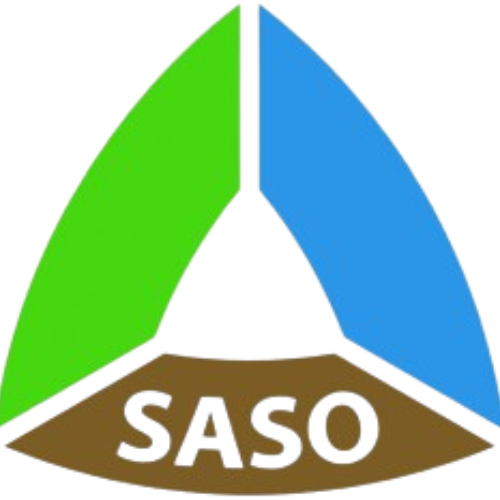


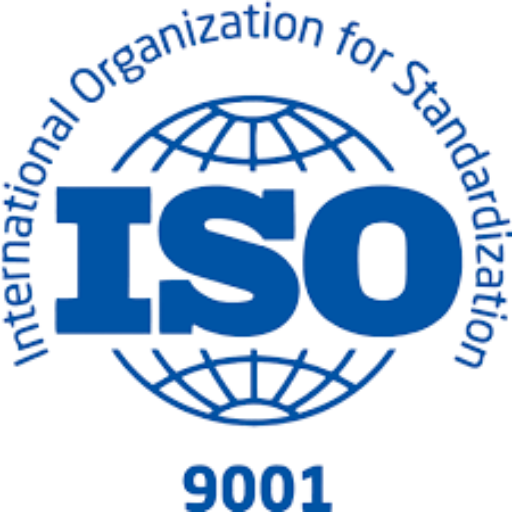
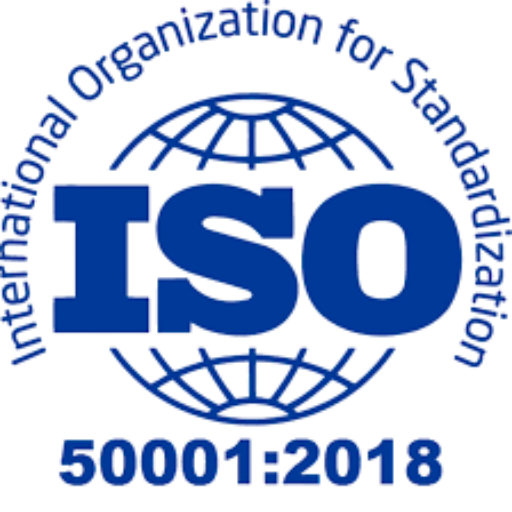

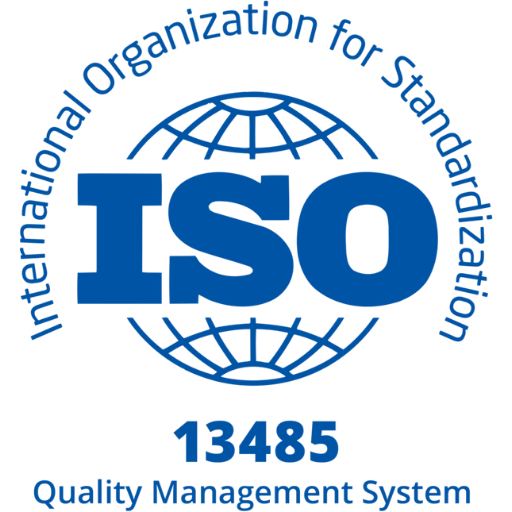

 Business Registration
Business Registration











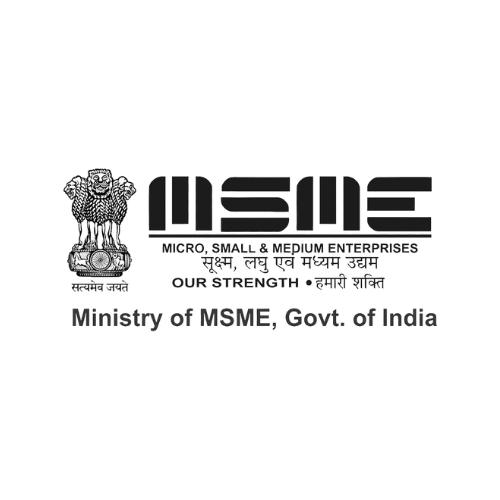

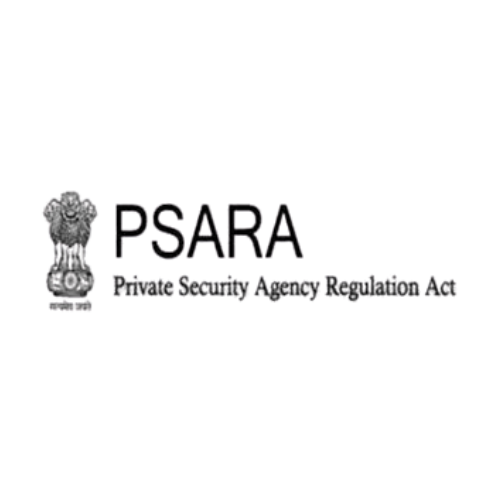
 Legal Services
Legal Services
 Trademark Registration
Trademark Registration
 Copyright Registration
Copyright Registration
 Patent Registration
Patent Registration















